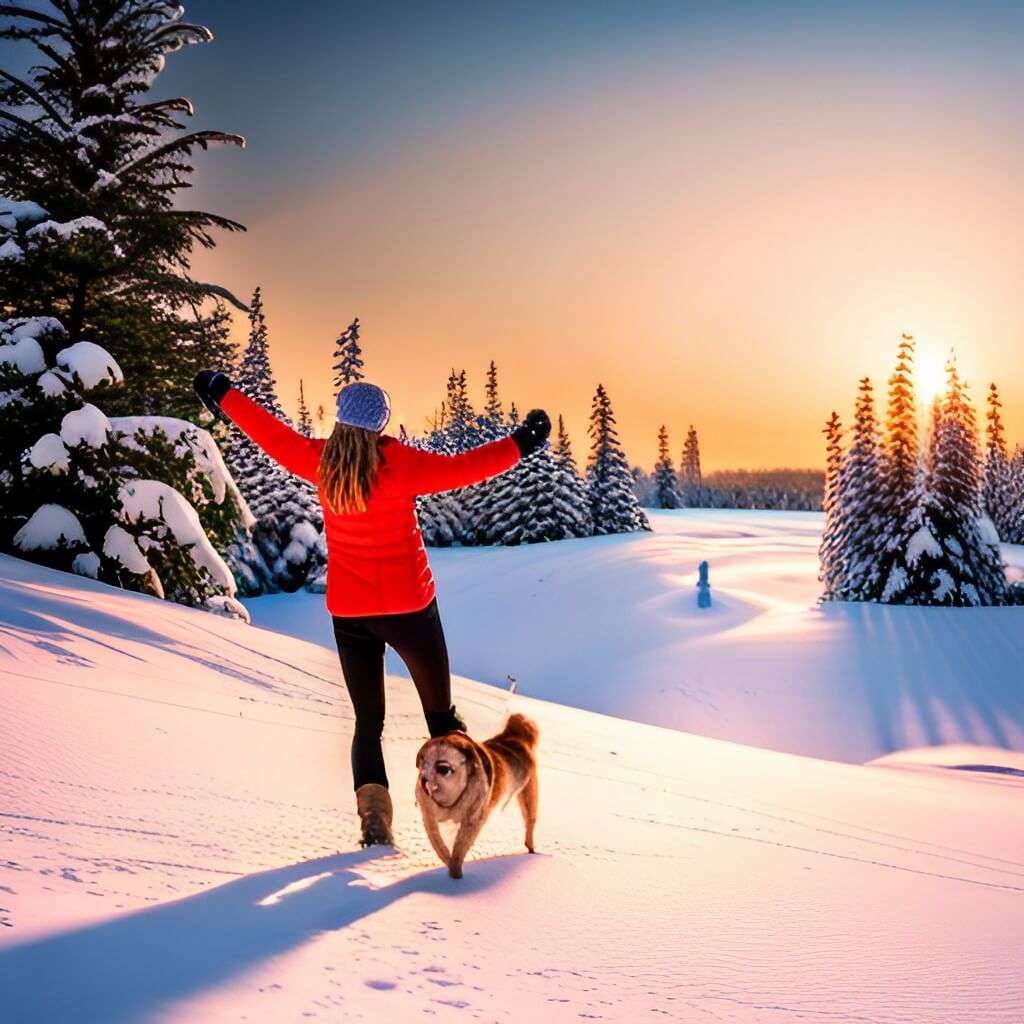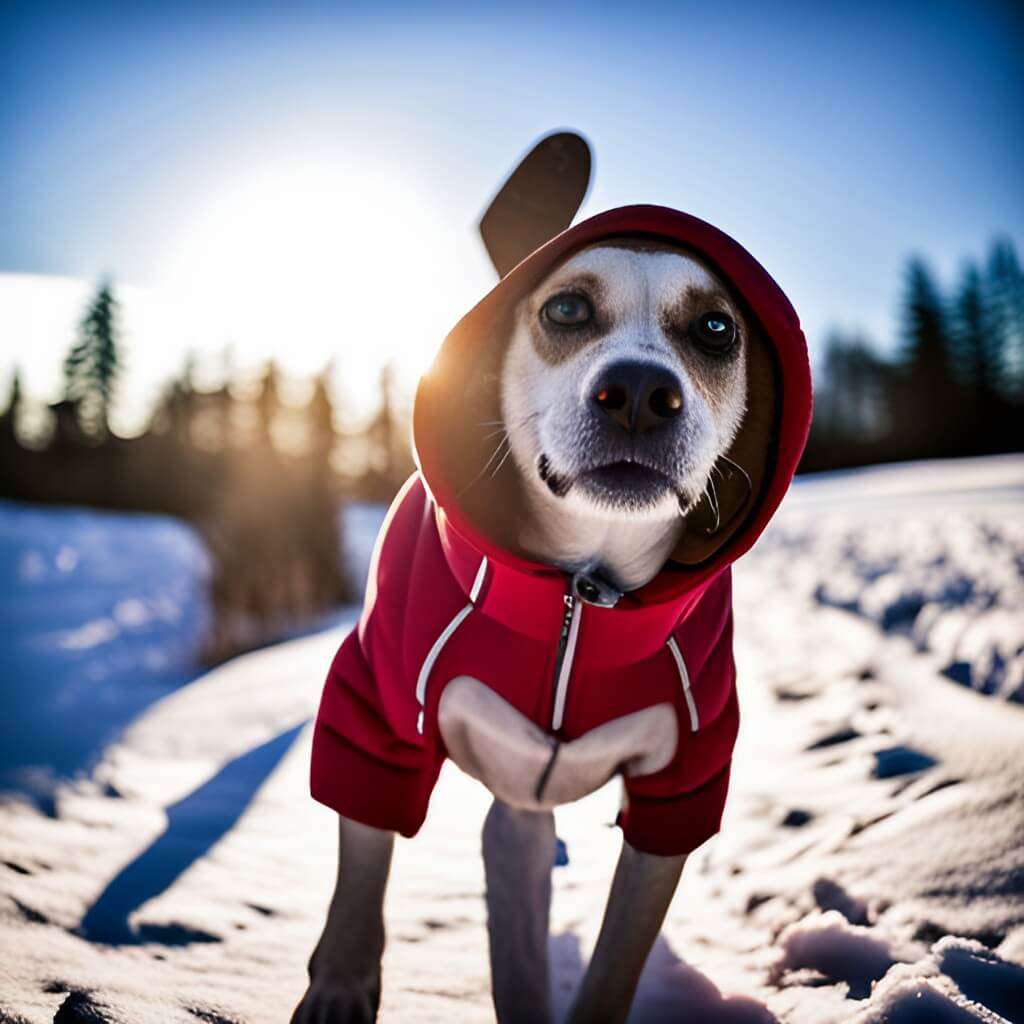Table of Contents
ToggleTeach your dog to stay clear of dangerous frozen lakes
Winter is a time when our furry friends have the chance to experience the beauty of snow along with us. Yet, it’s important to be aware of the potential dangers that come with the season.
One of these hazards is frozen lakes and ponds, which can pose a serious threat to our pets if they are not properly trained to avoid them.
In this post, we’ll be discussing how to teach your dog to stay clear of dangerous frozen lakes and ponds.
Understanding the dangers of frozen lakes and ponds
Not all frozen bodies of water are created equal, and it’s important to differentiate between safe and dangerous surfaces. When it comes to lakes and ponds, the risk of falling through the ice increases the closer the animal gets to the middle.
The thickness and quality of ice, as well as your pet’s weight, breed, and activity level, will also impact the likelihood of a disaster.
Be cautious when walking near the edges and remember that not all accidents can be prevented.

Using positive reinforcement to teach your dog
Dogs, just like humans, learn best through positive affirmations and rewards. As such, we can train them to avoid dangerous frozen lakes and ponds by using positive reinforcement techniques.
Start by walking your dog on a leash in areas near lakes or ponds, and be on the lookout for any behaviors that signal an interest in the water.
Once you see any warning signs, distract your pet with a treat or a toy and move them away from the area.
Repeat the process until your dog understands that the rewards come from staying away from the water.
Incorporating obedience commands into your training
Training your pet to obey certain commands is an essential part of any dog ownership. When it comes to avoiding frozen lakes and ponds, we can use obedience commands to help redirect their focus away from the water.
Some helpful commands include “come,” “stay,” and “leave it” – each aimed at teaching your dog to stay calm and maintain their focus on you rather than the dangerous water.
It’s important to practice these commands in a controlled environment before challenging your pet in a dangerous area.
Investing in safety gear
While training your pet to avoid frozen lakes and ponds is an important step in snow safety, it’s always better to err on the side of caution.
Investing in safety gear can help give you peace of mind and provide an added layer of protection for your pet.
Products such as pet life jackets and ice claws can reduce the likelihood of accidents and help you navigate tricky terrain more comfortably.

Knowing when to seek professional help
Training your pet to steer clear of frozen lakes and ponds requires patience, consistency, and dedication. If you’re struggling to get your pet on board, or if you’ve had a negative experience in the past, it may be time to seek professional help.
A qualified dog trainer can work with you and your pet to identify problem areas and create a tailored training program that meets your specific needs.
Teach your dog to stay clear of dangerous frozen lakes
Keeping your furry friends safe during the winter months is important, and avoiding dangerous frozen lakes and ponds is just one of the many challenges we face.
By understanding the risks, using positive reinforcement and obedience training, investing in safety gear, and knowing when to ask for professional help, we can give our pets the best chance of staying safe and enjoying the snow with us.
Remember, the key to successful training is patience and consistency – so don’t be discouraged if progress is slow at first.
With time, effort, and a lot of love, your pet can learn to stay clear of dangerous bodies of water and enjoy all that winter has to offer.








